Your stays and day trips
in Provence, Alps and on the French Riviera
Ideas of Tours
A native of this region where she grew up and has always lived, Stéphanie invites you to discover her little paradise, Provence, through must-see and unusual places. From Marseille to Avignon via Aix-en-Provence and Arles, she will share with you the history, culture, and traditions of this region bathed in sunshine and sung by cicadas.
Tours with Guidissime Provence©
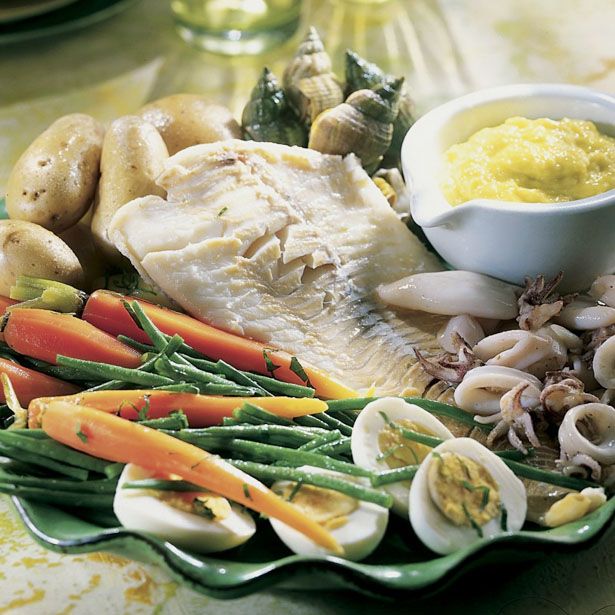
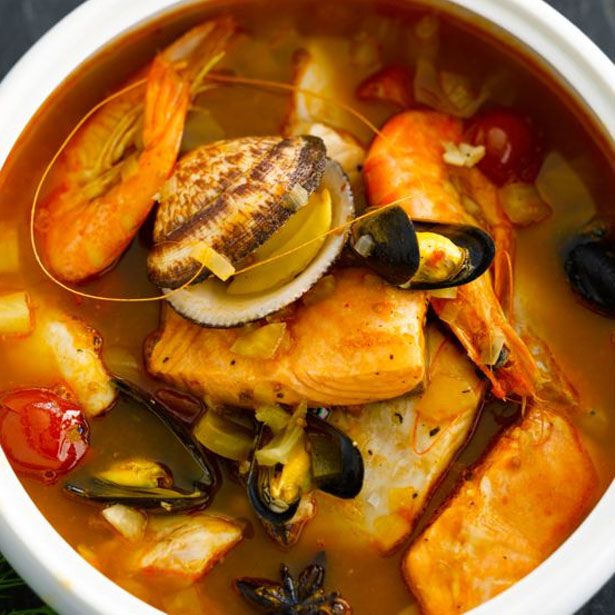
The Seashore Flavours©
The aïoli, « la poumado couiento qu’es uno drogo ben fasento contro touto malagnita »*. It is a culinary symbol for Frederick Mistral. This mayonnaise with the garlic which accompanies cooked vegetables and white fish is the picture of the Provence good food as much as the olive oil and pastis (Alcohol made with different herbs and anise or liquoirish).
From Aix-en-Provence, the ancient capital of the “picholine” olives country, you will meet the marine flavours. After having strolled under the shade of plane trees on the producer market of fruits and vegetables on the Richelme Square, and among the sober and elegant streets of “Vieil Aix”, you will reach the Coast which will delight you as much as the Marseille's “Gold Soup”, more known under the term of "bouillabaisse". From "Notre Dame de la Garde” (Our Lady of the Guard, the Good Mother) to the If Castle, you will go back to the memories which make the reputation and the life of this city of the people. Thanks to walk around the Old Port, you will remove the net to discover its history and celebrate in advance Candlemas with sweet “navette” (little nave form and small cookies).
At the end of this promenade dressed with perfumes of Provence, your taste bud will marvel at the subtle taste of Provencal dishes rich in spices.
*Translation from Provencal language (local language that we use to speak in Provence) : The strong ointment that is a well adapted drug for any illness.
Nature and Traditions of Camargue©
Strange and fascinating world where the physiognomy was drawn by the hand of the man, the Camargue area is still wild. From prehistoric fishing land to the rice farm and salt work, this land kept memories which guide you from old cities to fishing ports, from marshes to beaches and from sheep barns to big farmhouses around the Vaccarès Pond.
From paths to seawalls, you will watch out for the bull grazing in the dry marshes or in the “sansouire”, a landscape whose plant life is dominated by the "salicorne" (glasswort). Then by following the Vaccarès Pond, you will see the flamingo dressed in rose taking its takeoff. In the Vigueirat marsh, swans and wild ducks, beavers will invite you to notice this both robust and fragile nature. In this land of contrast, you will stick to its traditions with the Camargue museum in the Farmhouse of the “Pont de Rousty”, and then you will pass in the human world through his houses as the sheep barn of Favouillane and his occupations by visiting the museum of the rice in the domain of Mamusclot. Following the herdsman you will gallop in back of the horse, picture of this country, to discover the domain of Méjanes built in the 11thC. From the “Domain de la Palissade” observatory, you will gaze at the slide show of “manades” (herds of bulls or horses) in freedom and lake shores. Then a decor of salt marshes will take you to see the "camelles" (deposit hills of salt) when you will reach the workers' town created for the extraction of salt, Salin de Giraud.
Thanks to its traditional interbreeding and its unique natural world, the charm of Camargue will bewitch you.
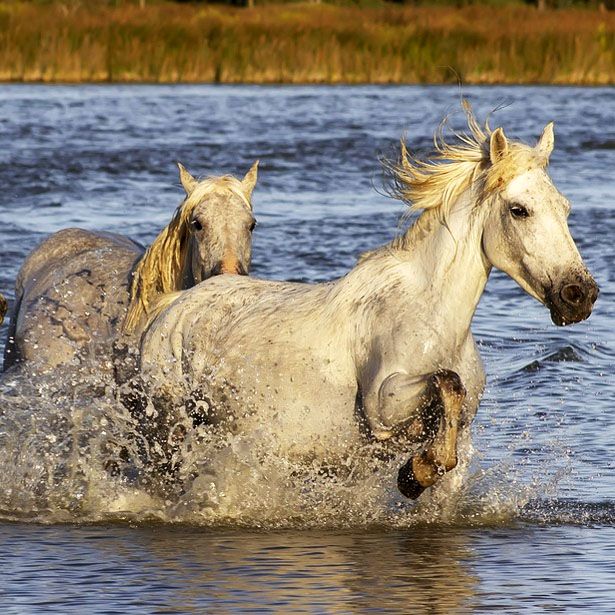
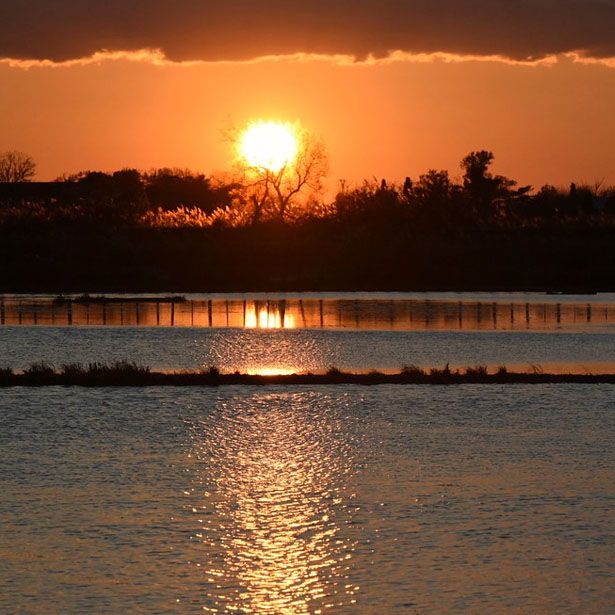
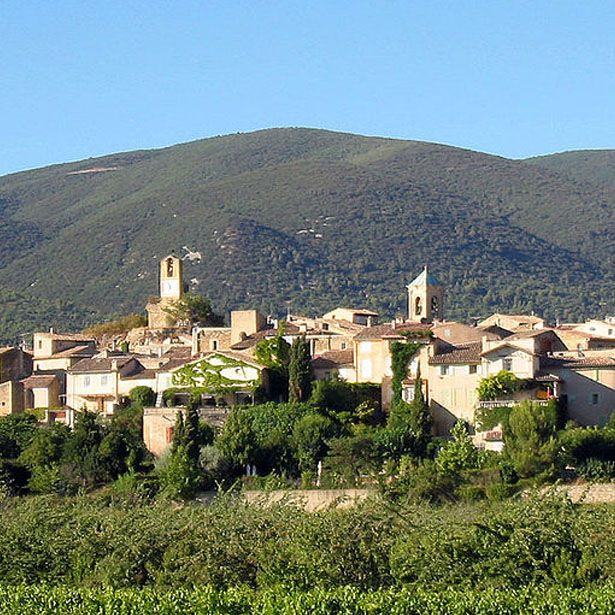
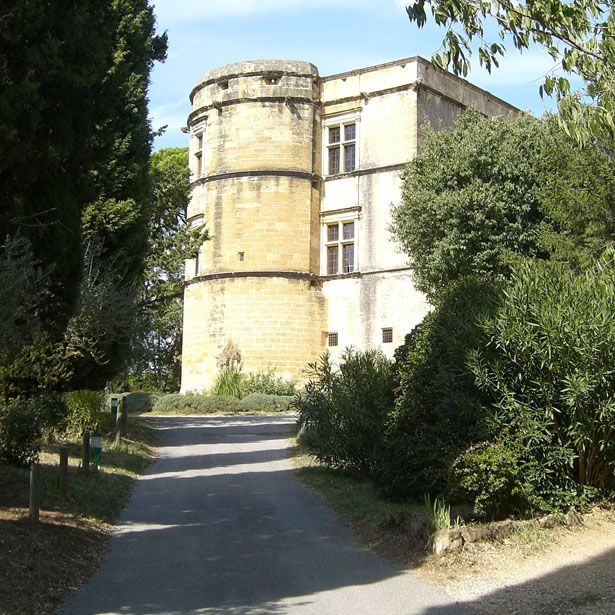
The Valdesian Pilgrimage©
« All faithful are priests and kings, and can take part in the Government of the Church » such is the message of Pierre Valdo which is at the origin of movement outside the Church; secret and transmitted between initiated people by generation in generation since 12th century.
Before talking the thought of the « Poor people of Lyons », you will cross village of La Tour d'Aigues where you will see the ruins of its Castle, located in one of the main exiled lands of valdesians officially excommunicated in 1215. Then while following the sides of Luberon mountain you will find the atmosphere of a simple life linked to nature and to belief. Two villages with strong valdesian presence which were suffered massacres of 1545 : La Motte d'Aigues with Provencal charm and Cabrières d'Aigues whose its inhabitants were the parents of people of La Roque d'Anthéron. Before finding a strategical place of valdesian network, you will cross in two Catholic villages: Cucuron, a perched village and, Vaugines, a hamlet with a delightful chapel (one of the places for the movie "Jean de Florette"). In Lourmarin, you will enter in a place where these men were defended by the lady of the Chateau. Then you will follow Durance river until Mérindol where you will deepen the valdesian history by strolling in the village and visiting the museum of the "Muse".
You will end your pilgrimage by the commemoration of a mystery on the only ruins of a wall of the Castle destroyed by Meynier d'Oppède, the leader of massacres.
The Mediterranean Mountain©
The National park of Mercantour protects fauna and flora in a natural space of exceptionnal mountain since it is close to the Mediterranean coast.
You will be able to admire this world during different stops at the panoramic table of the Allos pass, from the panoramic view at Chastelonnette and from the top of the Bonette pass. You will follow paths to discover a sensational show with the waterfall of the Lance (Spear) and with the azure blue colour of the lake of Allos. You will be delight on numerous aspects of the Argentera-Mercantour mountain thanks to discovery path lined by explicative panels in the lake of Allos ; in the villa of the Sapinière which receives the Park Office (maison du parc) and in the Information Centre of the Park of Saint-Sauveur-sur-Tinée. On the sinuous roads of the Val d'Allos, of Tinée and Ubaye valleys, you will cross perched villages as Roubion, or others in the valley as Saint-Sauveur-sur-Tinée. You will be closed to the famous Verdon river in Colmars-les-Alpes where already rises the look towards Mercantour and you wil be closed to high summits in Barcelonette where an Alpine, Provencal and even Mexican mixture and which is in middle of this Ubaye basin.
From herds of sheep on alp pastures to fields and orchards, between the forests of spruce, larches and firs, you will meet local traditions through the street s of the old villages of Allos, Jausiers or Saint -Etienne-de-Tinée. The Colmars walls, the Our Lady of Snows chapel in Valberg, the Saint Sebastian chapel in Roubion will tell you the story of a land coveted by the Savoy kingdom, Italy, Provence and France Kingdom. Otherwise, Jausiers and Barcelonette will permit you to travel in Latin America with memories brought back by the emigrants.
From mountain traditions to intermixed customs, you will keep in memory splendid pictures of a various and protected nature.
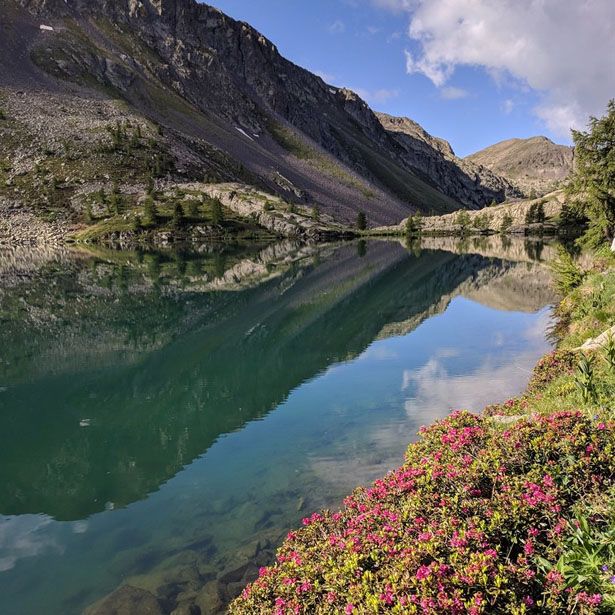
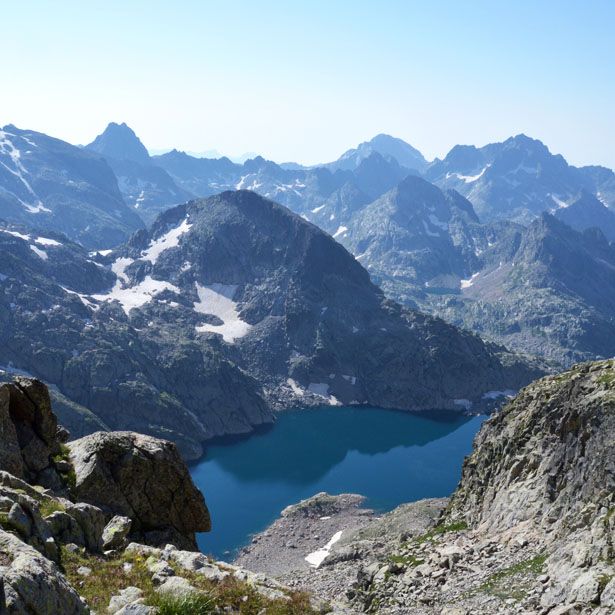
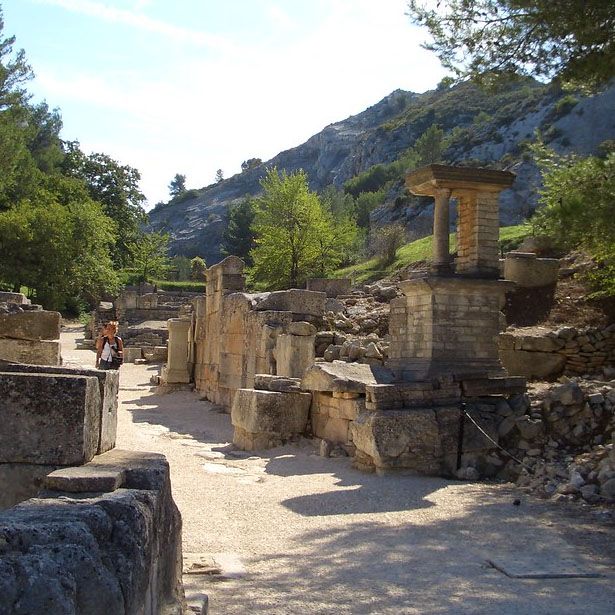
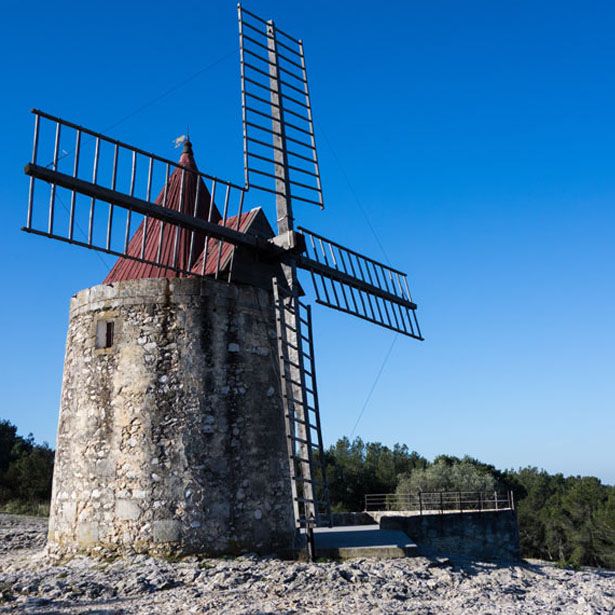
The Legends in Provence©
The children's stories in Provence is also aimed at adults and are full of words that sing. The words are taken by the hand to form one farandole (special dance in Provence) of legends which narrate us local traditions or may sing the birth of monuments.
From the oldest legends of antique time with return to origins during the visit of Glanum in the Antique Plateau (Saint-Rémy), to the most recent with the writings of Alphonse Daudet (French writer from Provence) who made famous Fontvieille, you will discover a Provence land spirited by the murmur of the "mistral" (very cold wind from north). It is not amazing that mills are transformed into chatterbox. You will glean local customs on the marvellous ways of certain legends of Provence which celebrate in turn the birth of the Bridge of Avignon, the plain of La Crau and shelters of an imaginary world as the "Val de l'Enfer" (Hell Valley) in Les Baux de Provence. You will follow the running of the wind which sometimes dances on battlements of the fortfications of "Les Baux de Provence" or on the bucolic paths of "Alpilles" mountain. You will taste fruits of traditions thanks to this walk between civil architecture, such as the the king René Castle, and religious monuments, such as The Pope Palace and its old city.
Finally, the perfume of the thyme and the rosemary will come to liven up the mysterious trip which will delight the lovers of « the olive tree and lavender » as well as those « of the cicada and small grey donkey ».

